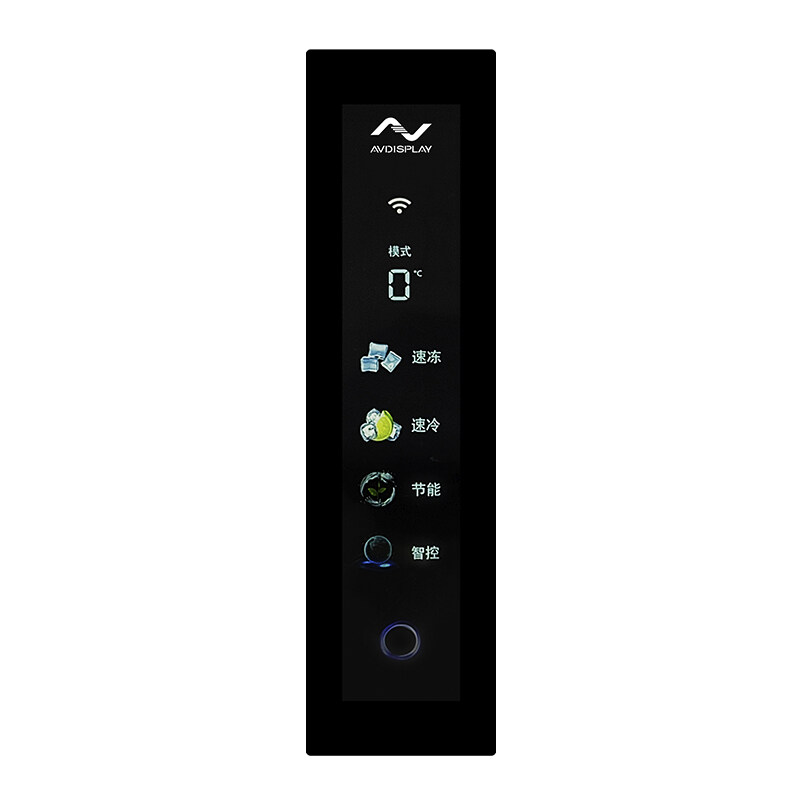Email format error
Email cannot be empty
Email already exists
6-20 characters(letters plus numbers only)
The password is inconsistent
Email format error
Email cannot be empty
Email does not exist
6-20 characters(letters plus numbers only)
The password is inconsistent


Introduction
In today’s digital world, touch-panel technology has become an integral part of our daily lives. From smartphones and tablets to interactive displays and kiosks, touch panels have revolutionised the way we interact with technology. In this blog post, we will explore the evolution of touch panel technology, its various applications, and how it has enhanced user interaction.

The Early Days of Touch Panels
Touch-panel technology has come a long way since its inception. The earliest touch panels were resistive, consisting of two layers with a small gap between them. When pressure was applied to the top layer, it would make contact with the bottom layer, registering a touch. While resistive touch panels were functional, they lacked accuracy and were prone to wear and tear.
The Rise of Capacitive Touch Panels
The introduction of capacitive touch panels marked a significant advancement in touch panel technology. Instead of relying on pressure, capacitive touch panels detect touch through the electrical charge of the human body. This technology allows for more precise and responsive touch input, making it ideal for smartphones and tablets. Capacitive touch panels also offer multi-touch capabilities, enabling gestures like pinch-to-zoom and swipe.
Expanding Applications
As touch-panel technology continued to evolve, its applications expanded beyond mobile devices. Touch panels are now commonly found in laptops, all-in-one computers, and even home appliances. Interactive displays and kiosks in public spaces utilise touch panels to provide intuitive and engaging user experiences. The versatility of touch panels has transformed industries such as retail, education, healthcare, and entertainment.
Improving Touch Panel Performance
With each iteration, touch-panel technology has improved in terms of performance and durability. The introduction of in-cell and on-cell touch panels has reduced the thickness of displays while maintaining touch sensitivity. This advancement allows for slimmer and lighter devices without compromising on touch functionality. Additionally, advancements in touch panel materials have made them more resistant to scratches and impact, ensuring longevity.
Enhancing User Interaction
One of the key benefits of touch-panel technology is its ability to enhance user interaction. The intuitive nature of touch input makes technology more accessible to users of all ages and backgrounds. Whether it’s swiping through photos, typing on a virtual keyboard, or playing games, touch panels provide a natural and immersive user experience. This has led to increased productivity, creativity, and enjoyment in various aspects of our lives.
Future Trends
The future of touch-panel technology looks promising. Emerging technologies such as haptic feedback and force sensing are being integrated into touch panels, providing users with tactile feedback and a more realistic touch experience. Additionally, advancements in gesture recognition and palm rejection algorithms will further improve the accuracy and reliability of touch input.
Conclusion
Touch-panel technology has come a long way, transforming the way we interact with digital devices and the world around us. From resistive touch panels to capacitive touch panels, the evolution has brought about increased accuracy, responsiveness, and versatility. Touch panels have found their way into various applications, enhancing user interaction and providing intuitive experiences. As technology continues to advance, we can expect even more exciting developments in touch panel technology, further revolutionising the way we engage with technology.